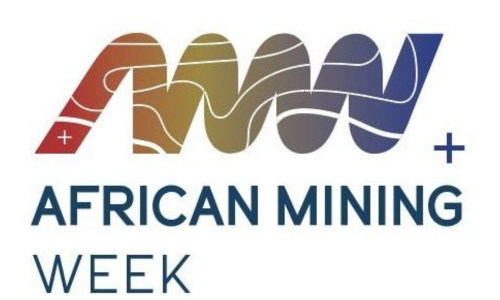Four Dynamics Powering Africa’s Position in the Global Phosphate Market
)
Massive Reserves
With 90% of global phosphate reserves concentrated in just five nations – most of them African – the continent plays a vital role in meeting rising fertilizer demand. Morocco leads globally with an estimated 50 billion metric tons, accounting for roughly 70% of total reserves. Egypt follows with 2.8 billion tons, while Tunisia and Algeria hold 2.5 billion and 2.2 billion tons, respectively. These resources position Africa as a long-term guarantor of phosphate supply for agricultural productivity worldwide.
Established Production Capacity
Beyond its geological wealth, Africa’s growing production capacity reinforces its strategic role in meeting global phosphate demand, projected to reach 51.8 million tons per year by 2028. Morocco, home to the world-renowned Gantour complex, produced 30 million tons in 2024, solidifying its position in the global supply chain. Egypt also expanded production to 16 million tons between July 2024 and April 2025, up from 11 million in the prior fiscal year. Meanwhile, Tunisia, South Africa and Algeria continue to invest in additional capacity, further strengthening Africa’s contribution to market
Rising Investment
Africa’s phosphate value chain is attracting new waves of investment, enhancing its role in global supply resilience. In October 2025, the European Bank for Reconstruction and Development awarded an A$1.8 million grant to advance Tunisia’s Gasaat Project, which hosts 68 million tons of reserves and will produce 1.5 million tons annually over its 46-year lifespan. In Angola, Minbos Resources secured $1.43 million from a $10 million facility provided by the Angolan Sovereign Wealth Fund to progress the Cabinda Project, positioning Angola among Africa’s emerging phosphate producers. Additionally, Tunisia approved a five-year, $165 million plan to boost national output by 1.5 million tons, targeting 8.5 million tons by 2030.
Local Beneficiation Advancements
African nations are increasingly prioritizing local value addition to capture more economic benefits from their resources, reduce import dependency and create jobs. In June 2025, Zambia Consolidated Copper Mines - Industrial Holdings announced a $50 million investment to develop a phosphate processing and fertilizer production facility. Similarly, Algeria launched a $7 billion phosphate megaproject aimed at optimizing the entire value chain – from extraction to fertilizer production. With Africa’s population projected to reach 2.5 billion by 2050, such beneficiation initiatives will be critical to achieving food security and solidifying the continent’s position as a global hub for phosphate and fertilizer production.


